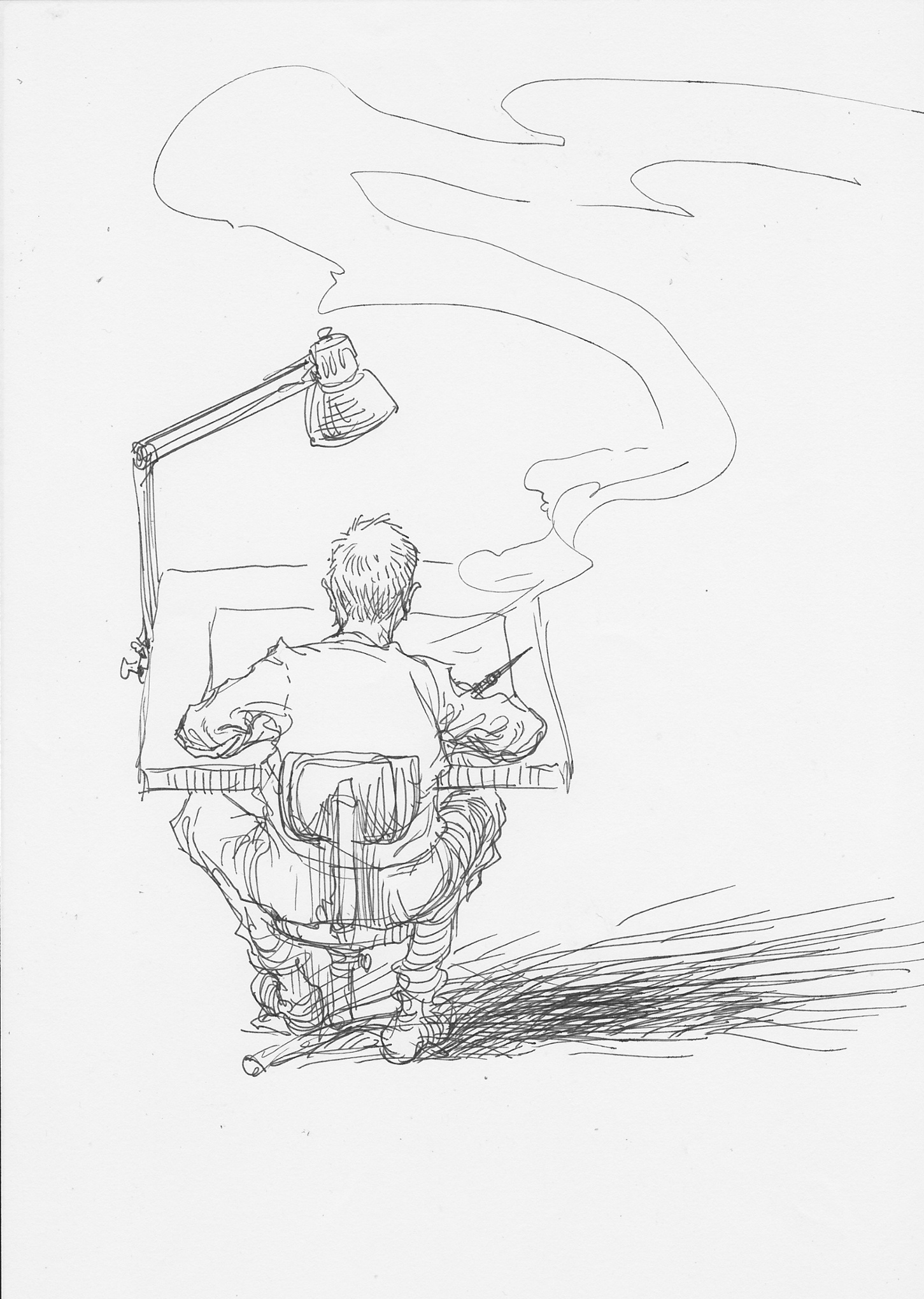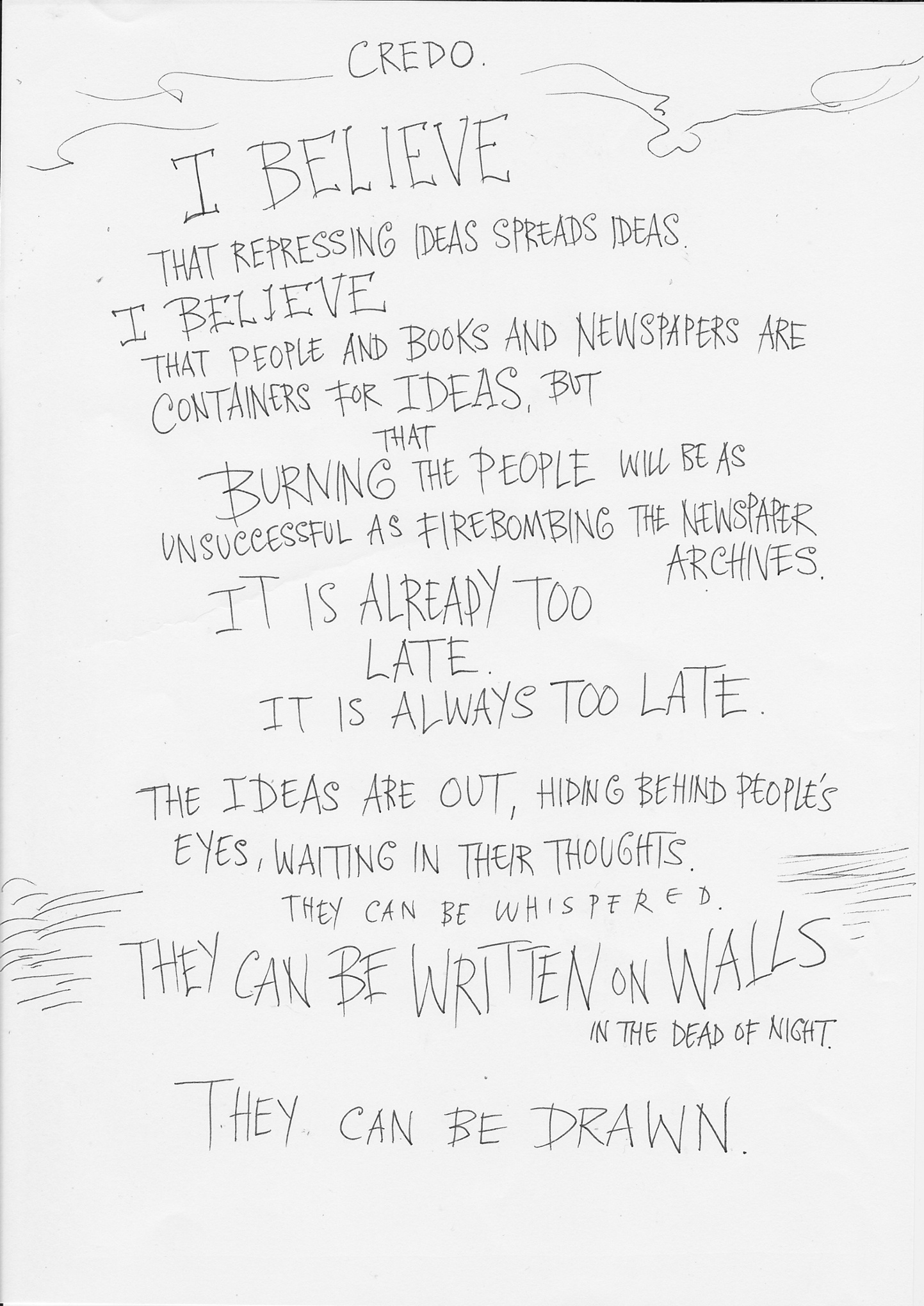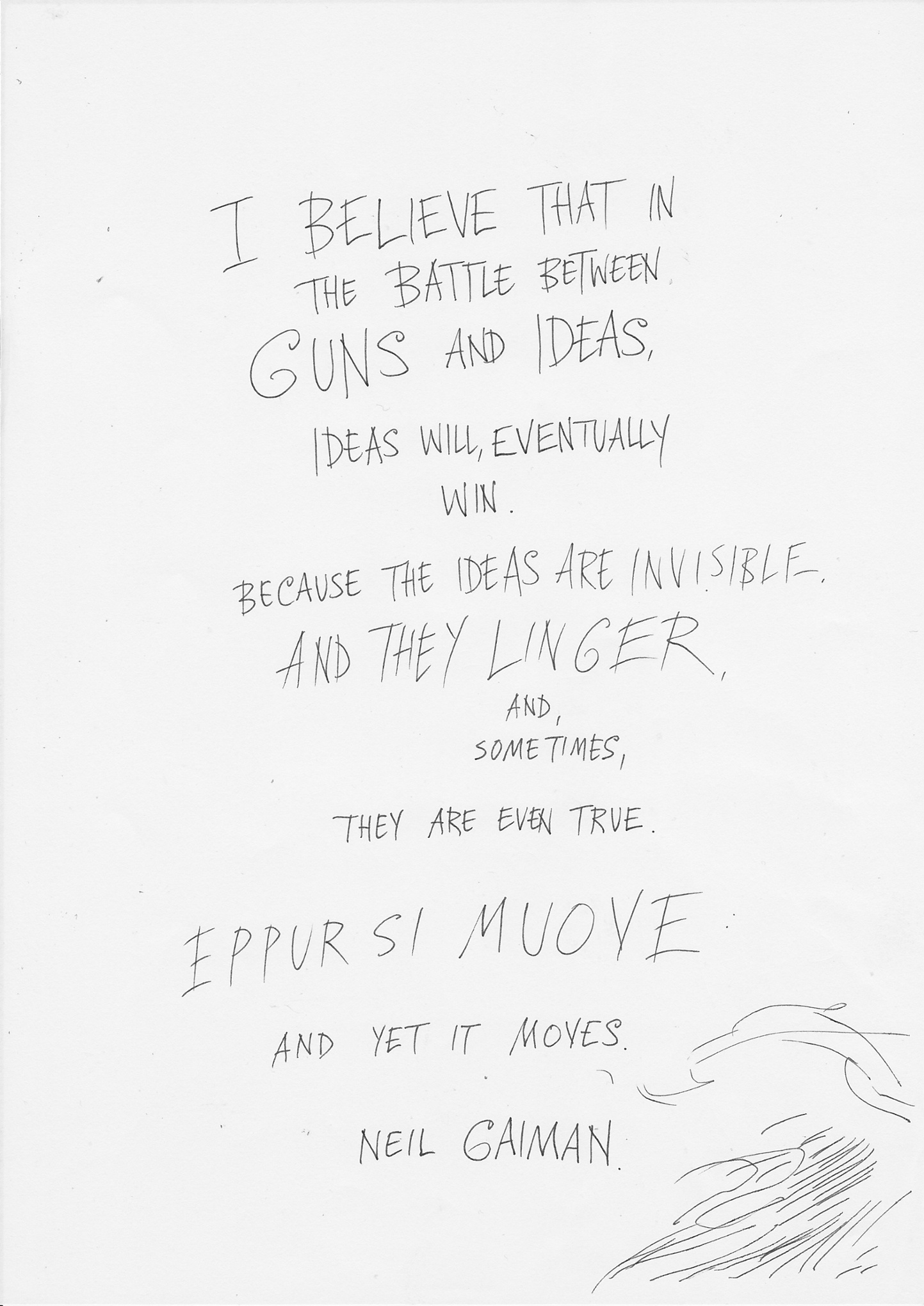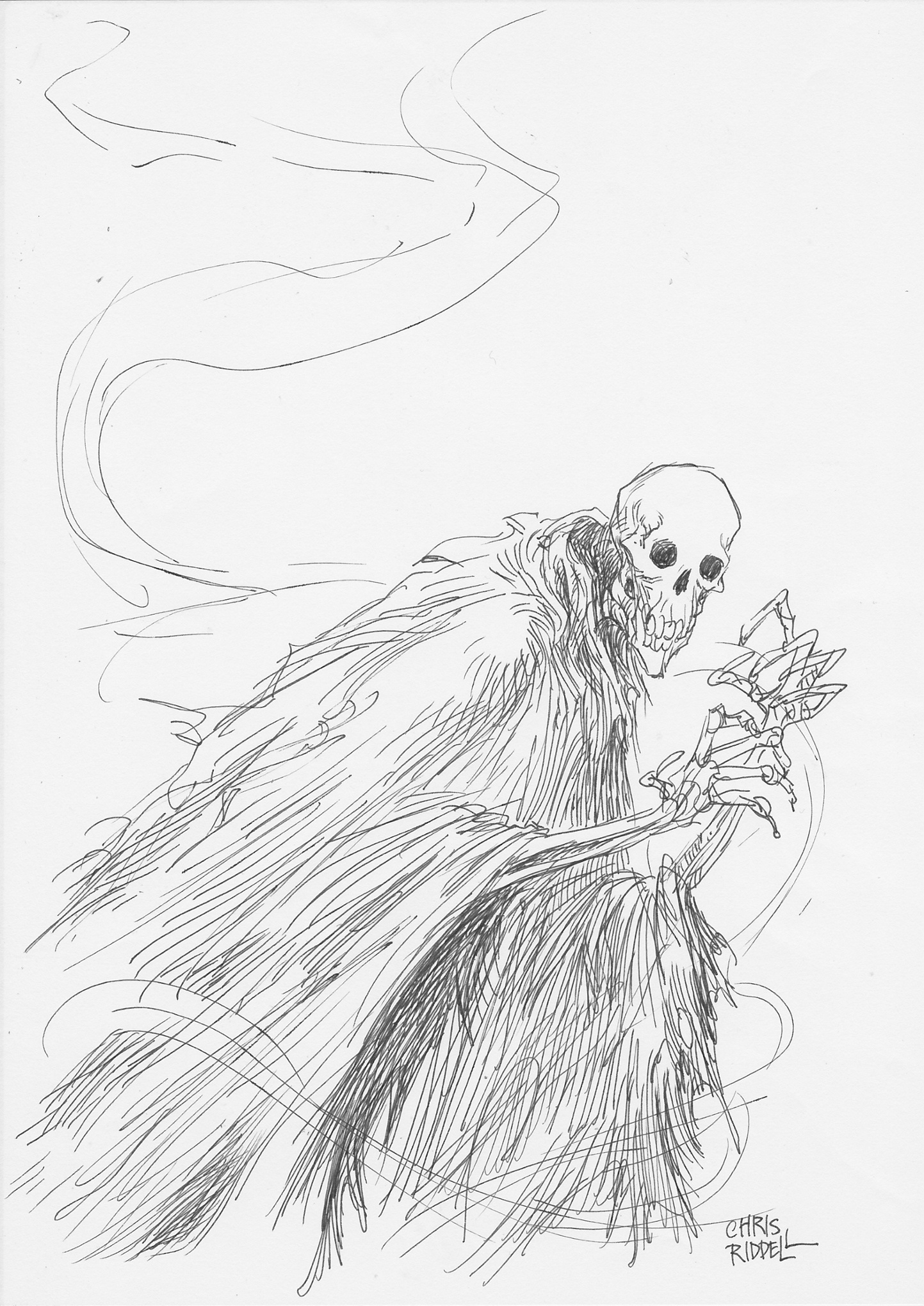Can the Internet be archived?
/Jill Lepore for The New Yorker on a very important subject "Where is the Internet’s memory, the history of our time?":
The Web dwells in a never-ending present. It is—elementally—ethereal, ephemeral, unstable, and unreliable. Sometimes when you try to visit a Web page what you see is an error message: “Page Not Found.” This is known as “link rot,” and it’s a drag, but it’s better than the alternative. More often, you see an updated Web page; most likely the original has been overwritten. (To overwrite, in computing, means to destroy old data by storing new data in their place; overwriting is an artifact of an era when computer storage was very expensive.) Or maybe the page has been moved and something else is where it used to be. This is known as “content drift,” and it’s more pernicious than an error message, because it’s impossible to tell that what you’re seeing isn’t what you went to look for: the overwriting, erasure, or moving of the original is invisible. For the law and for the courts, link rot and content drift, which are collectively known as “reference rot,” have been disastrous. In providing evidence, legal scholars, lawyers, and judges often cite Web pages in their footnotes; they expect that evidence to remain where they found it as their proof, the way that evidence on paper—in court records and books and law journals—remains where they found it, in libraries and courthouses. But a 2013 survey of law- and policy-related publications found that, at the end of six years, nearly fifty per cent of the URLs cited in those publications no longer worked. According to a 2014 study conducted at Harvard Law School, “more than 70% of the URLs within the Harvard Law Review and other journals, and 50% of the URLs within United States Supreme Court opinions, do not link to the originally cited information.” The overwriting, drifting, and rotting of the Web is no less catastrophic for engineers, scientists, and doctors. Last month, a team of digital library researchers based at Los Alamos National Laboratory reported the results of an exacting study of three and a half million scholarly articles published in science, technology, and medical journals between 1997 and 2012: one in five links provided in the notes suffers from reference rot. It’s like trying to stand on quicksand.
The footnote, a landmark in the history of civilization, took centuries to invent and to spread. It has taken mere years nearly to destroy. A footnote used to say, “Here is how I know this and where I found it.” A footnote that’s a link says, “Here is what I used to know and where I once found it, but chances are it’s not there anymore.” It doesn’t matter whether footnotes are your stock-in-trade. Everybody’s in a pinch. Citing a Web page as the source for something you know—using a URL as evidence—is ubiquitous. Many people find themselves doing it three or four times before breakfast and five times more before lunch. What happens when your evidence vanishes by dinnertime?




